38 docker node list labels
node - Official Image | Docker Hub Node.js is a software platform for scalable server-side and networking applications. Node.js applications are written in JavaScript and can be run within the Node.js runtime on Mac OS X, Windows, and Linux without changes. Node.js applications are designed to maximize throughput and efficiency, using non-blocking I/O and asynchronous events. Docker object labels - Docker Documentation Label keys and values 🔗 A label is a key-value pair, stored as a string. You can specify multiple labels for an object, but each key must be unique within an object. If the same key is given multiple values, the most-recently-written value overwrites all previous values. Key format recommendations 🔗
Docker Swarm List Nodes | Guide Docker Swarm List Nodes docker node ls [OPTIONS] command displays a list of every node the Docker Swarm manager is aware of. We can use the -f or -filter flags to filter. Options We'll go over all of the OPTIONS that are available for this command. --filter , -f : Filter the output based on the given conditions.
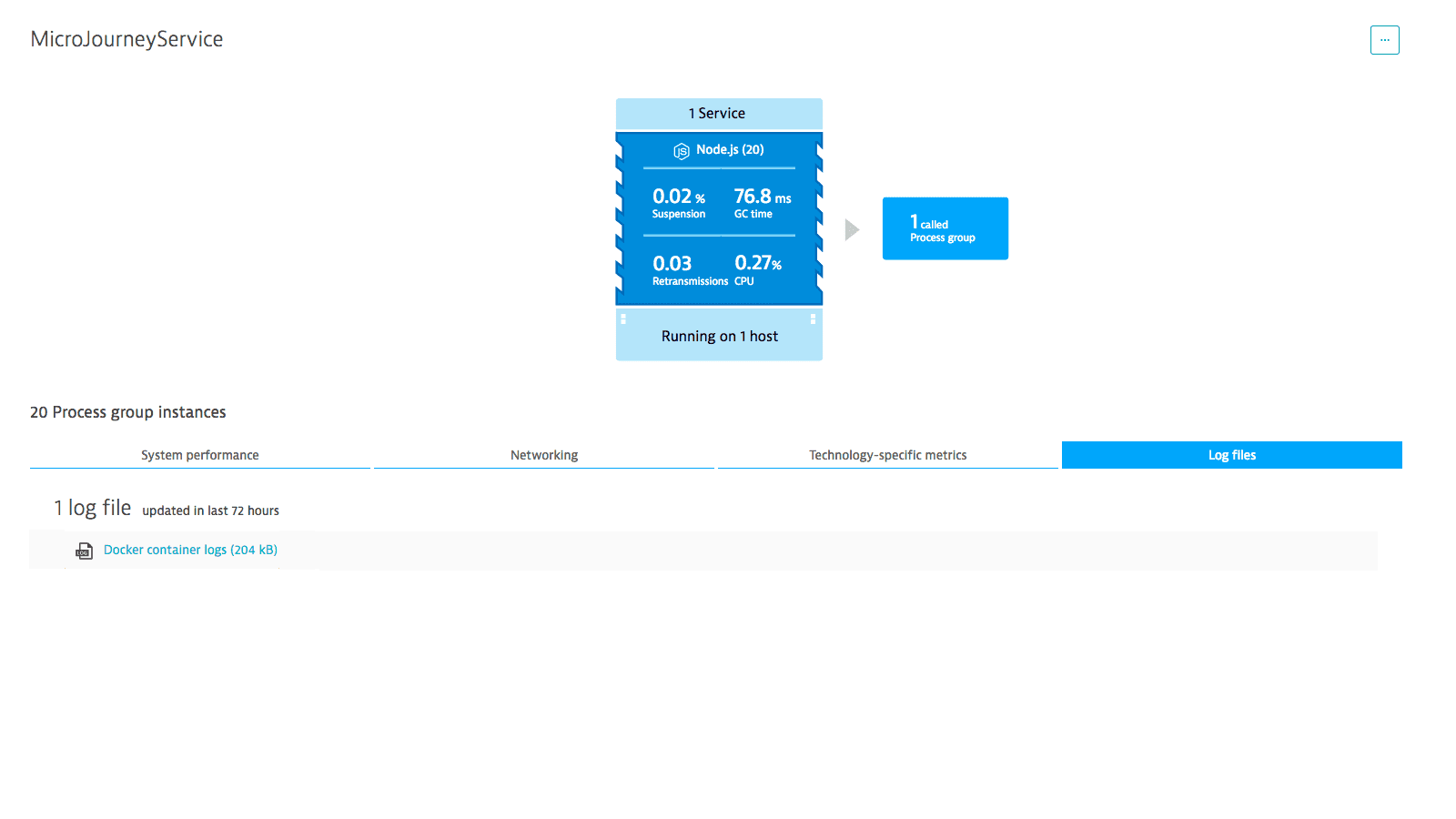
Docker node list labels
docker node ls | Docker Documentation Node labels are currently not used for filtering. The following filter matches nodes with the foo label regardless of its value. $ docker node ls -f "label=foo" ID HOSTNAME STATUS AVAILABILITY MANAGER STATUS 1bcef6utixb0l0ca7gxuivsj0 swarm-worker2 Ready Active membership Manage nodes in a swarm - Docker | Docs4dev Run docker node update --label-add on a manager node to add label metadata to a node. The --label-add flag supports either a or a = pair. Pass the --label-add flag once for each node label you want to add: $ docker node update --label-add foo --label-add bar=baz node-1 node-1 Reference for Visual Studio Code Docker extension properties ... Build arguments applied to the command line. This is a list of key-value pairs.--build-arg: labels: Labels added to the Docker image. This is a list of key-value pairs (a JSON object). In addition to labels specified here, a label com.microsoft.created-by, set to visual-studio-code is added to the image.
Docker node list labels. Labels and Selectors | Kubernetes Labels are key/value pairs that are attached to objects, such as pods. Labels are intended to be used to specify identifying attributes of objects that are meaningful and relevant to users, but do not directly imply semantics to the core system. Labels can be used to organize and to select subsets of objects. Labels can be attached to objects at creation time and subsequently added and ... community.docker.docker_node module - Manage Docker Swarm node Label operations in this module apply to the docker swarm node specified by hostname. Use community.docker.docker_swarm module to add/modify/remove swarm cluster labels. The actual state of labels assigned to the node when module completes its work depends on labels_state and labels_to_remove parameters values. node-docker-api.default.list JavaScript and Node.js code examples - Tabnine // List docker.container.list() Promise based HTTP client for the browser and node.js How to Label Kubernetes Nodes (and Remove it Later) - Linux Handbook kubectl get nodes --show-labels If you want to know the details for a specific node, use this: kubectl label --list nodes node_name The labels are in form of key-value pair. They must begin with a letter or number, and may contain letters, numbers, hyphens, dots, and underscores, up to 63 characters each. How to assign label to a node
docker node ls - Docker | Docs4dev The label filter matches nodes based on engine labels and on the presence of a label alone or a label and a value. Engine labels are configured in the daemon configuration. To filter on Swarm node labels, use node.label instead. The following filter matches nodes with the foo label regardless of its value. $ docker node ls -f "label=foo" ID ... docker node ls Engine labels are configured in the daemon configuration. To filter on Swarm node labels, use node.label instead. The following filter matches nodes with the foo label regardless of its value. $ docker node ls -f "label=foo" ID HOSTNAME STATUS AVAILABILITY MANAGER STATUS 1bcef6utixb0l0ca7gxuivsj0 swarm-worker2 Ready Active node.label Labels and Constraints With Docker Daemon - The Couchbase Blog This simple script will setup Docker host on all three instances. Assign Labels to Docker Daemon Labels can be defined using DOCKER_OPTS. For Ubuntu, this is defined in the /etc/default/docker file. Distinct labels need to be assigned to each node. For example, use couchbase.mds key and index value. 1 2 3 4 ssh -i ~/.ssh/aruncouchbase.pem ubuntu@ Docker swarm — How to use node labels - Medium $ docker service rm nginx-west A common scenario is to start services evenly on all nodes, for this purpose there is the placement-pref parameter which allows to spread running services across all...
Add labels to cluster nodes | Docker Documentation Click Add Label, and add a label with the key disk and a value of ssd. Click Save and dismiss the Edit Node page. In the node's details pane, click Labels to view the labels that are applied to the node. You can also do this from the CLI by running: docker node update --label-add = Deploy a service with constraints GitHub - veggiemonk/awesome-docker: A curated list of Docker ... Mar 02, 2010 · Awesome Docker . A curated list of Docker resources and projects. If you would like to contribute, please read CONTRIBUTING.md first. It contains a lot of tips and guidelines to help keep things organized. Just click README.md to submit a pull request. If this list is not complete, you can contribute to make it so. docker node ls The label filter matches nodes based on engine labels and on the presence of a label alone or a label and a value. Node labels are currently not used for ... docker node update - Docker | Docs4dev Add metadata to a swarm node using node labels. You can specify a node label as a key with an empty value: $ docker node update --label-add foo worker1. To add multiple labels to a node, pass the --label-add flag for each label: $ docker node update --label-add foo --label-add bar worker1. When you create a service, you can use node labels as a ...
Automatically Taint and Label the node during starting of AKS cluster ... Create a bash script that taints and labels the last node in the list of available nodes from inside a Kubernetes Pod. Create a docker image to run this script. Push the image to a container registry Create a Namespace, Service Account, Clusterrole and Clusterrolebinding before we deploy the solution.
docker_swarm: labels not applied · Issue #49547 · ansible/ansible The labels you set for nodes using docker node update apply only to the node entity within the swarm. Do not confuse them with the docker daemon labels for dockerd. ... I'm not sure what line from the docs actually means but I expected the docker_swarm module's label property to be a list of labels for the node itself. Was the intention ...
Kubernetes Labels | Labels And Annotations In Kubernetes - K21Academy Labels in Kubernetes are intended to be used to specify identifying attributes of objects that are meaningful and relevant to users but are not used by the Kubernetes itself. Labels are fundamental qualities of the object that will be used for grouping, viewing, and operating. Each object can have a set of key/value labels defined.
docker node ps Lists all the tasks on a Node that Docker knows about. You can filter using the -f or --filter flag. Refer to the filtering section for more information about ...
How do I filter docker swarm nodes by label? - Stack Overflow The confusion comes from the fact that we have two set of labels: Node labels (the ones you've been setting through docker node update) Engine labels (the ones that you set when you start docker daemon with --label) Label filtering in docker node ls is looking at engine labels rather than node labels.
Node Labels In Docker Swarm - A Cloud Xpert Node Labels In Docker Swarm By admin On Jun 23, 2020 List your current nodes. docker node ls Add a label to a node. docker node update --label-add availability_zone=east docker node update --label-add availability_zone=west View existing labels with: docker node inspect --pretty
Add labels to cluster nodes - Docker Documentation Labels are metadata that describe the node, like its role (development, QA, production), its region (US, EU, APAC), or the kind of disk (hdd, ssd). Once you ...
docker node update | Docker Documentation The labels you set for nodes using docker node update apply only to the node entity within the swarm. Do not confuse them with the docker daemon labels for dockerd. For more information about labels, refer to apply custom metadata. Parent command
10 Docker Security Best Practices | Docker Best Practices - Snyk Mar 06, 2019 · For example, when you use a generic and popularly downloaded node image such as docker pull node, you are actually introducing a full blown operating system into your application that is known to have 642 vulnerabilities in its system libraries. This ends up adding unnecessary docker security issues from the get-go
Manage nodes in a swarm | Docker Documentation Run docker node update --label-add on a manager node to add label metadata to a node. The --label-add flag supports either a or a = pair. Pass the --label-add flag once for each node label you want to add: $ docker node update --label-add foo --label-add bar=baz node-1 node-1
docker service create | Docker Documentation $ docker service create \--name web \--constraint node.labels.region == east \ nginx:alpine lx1wrhhpmbbu0wuk0ybws30bc overall progress: 0 out of 1 tasks 1/1: no suitable node (scheduling constraints not satisfied on 5 nodes) $ docker service ls ID NAME MODE REPLICAS IMAGE PORTS b6lww17hrr4e web replicated 0/1 nginx:alpine
Manage nodes in a swarm | Docker Documentation Node labels provide a flexible method of node organization. You can also use node labels in service constraints. Apply constraints when you create a service to limit the nodes where the scheduler assigns tasks for the service. Run docker node update --label-add on a manager node to add label metadata to
How and when to use Docker labels / OCI container annotations Docker image labels are a way for you to add key-value metadata to your image itself. This data is not exposed to a container running against the image, but rather, is valuable for codifying things like where the source code for the image is, who supports the image, or what CI build created it. Docker / OCI image metadata explained
Labels and Node Selectors. In this article, we will learn about… | by ... Before using the nodeSelector, make sure you have labeled your pods because nodeSelectors works based on labels. Then label your nodes. 1 — Label a node: Syntax: # kubectl label node = Example: # kubectl label node node01 size=large node/node01 labeled. Verify the labels,
List labels for a docker container · GitHub List labels for a docker container · GitHub Instantly share code, notes, and snippets. steve-jansen / docker-inspect.sh Created 6 years ago Star 9 Fork 1 Code Revisions 1 Stars 9 Forks 1 Download ZIP List labels for a docker container Raw docker-inspect.sh docker inspect -f '{ { range $k, $v := .ContainerConfig.Labels -}} { { $k }}= { { $v }}
Docker - LABEL Instruction - GeeksforGeeks Labels are used in Dockerfile to help organize your Docker Images. Labels are key-value pairs and simply adds custom metadata to your Docker Images. Some key points associated with the LABEL instructions are as follows: To include spaces inside a label, you can use quotes. For multi line labels, you can use backslashes.



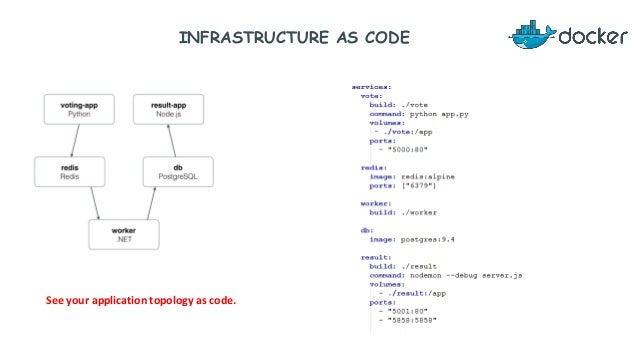

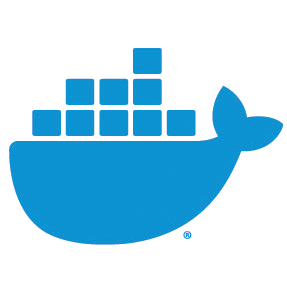
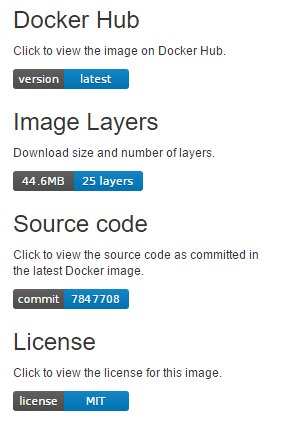

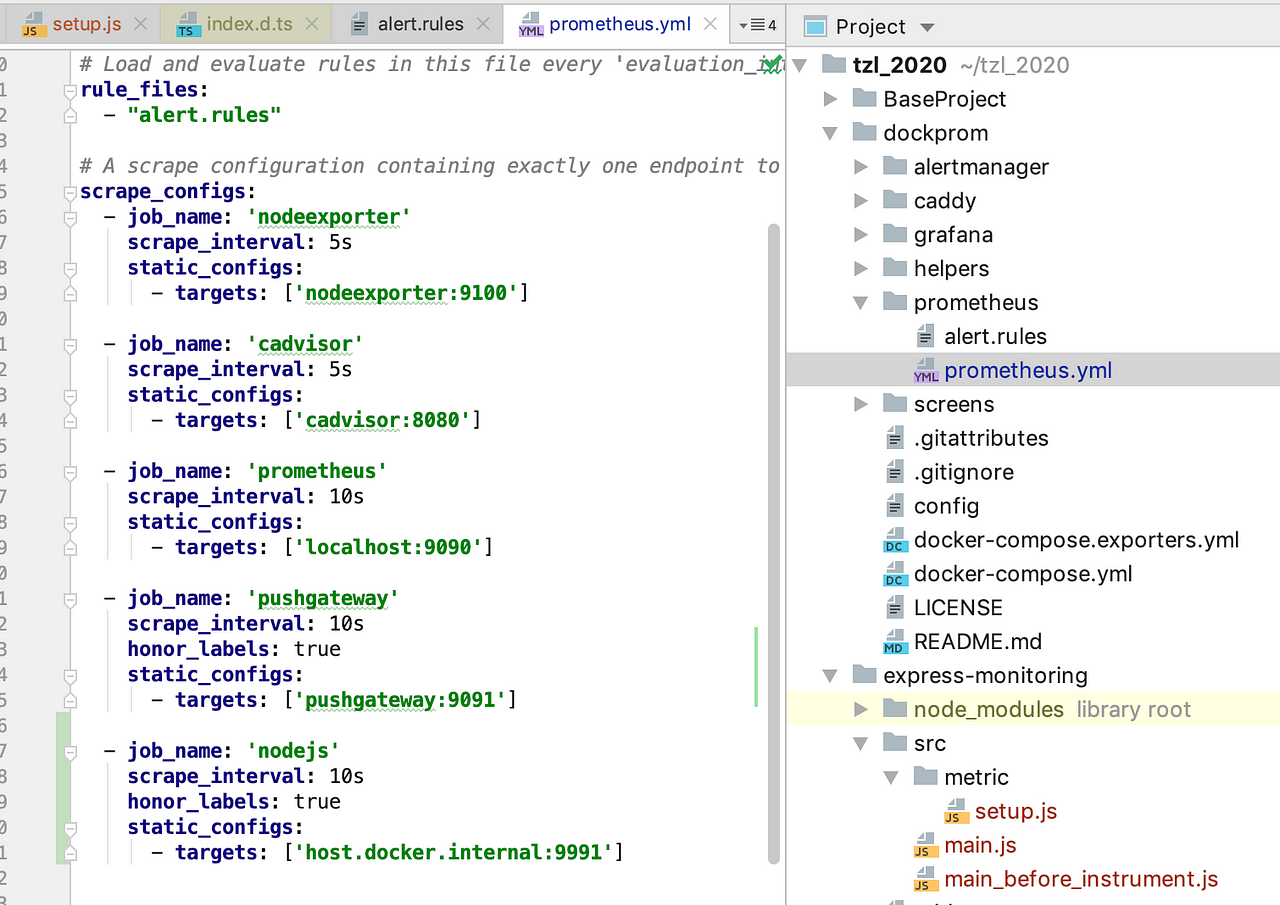
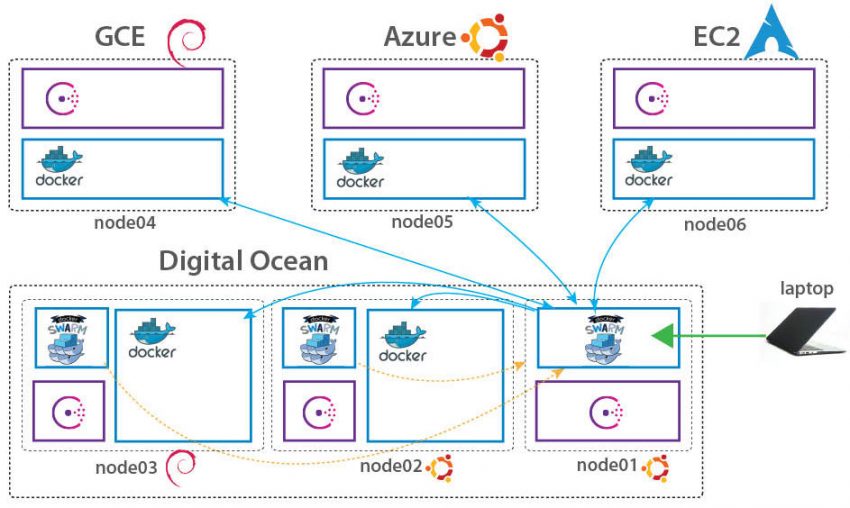
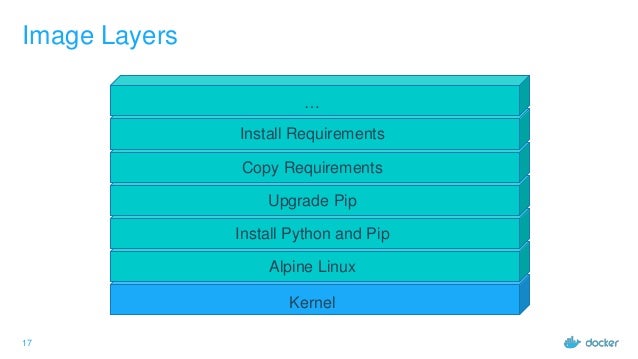


Post a Comment for "38 docker node list labels"